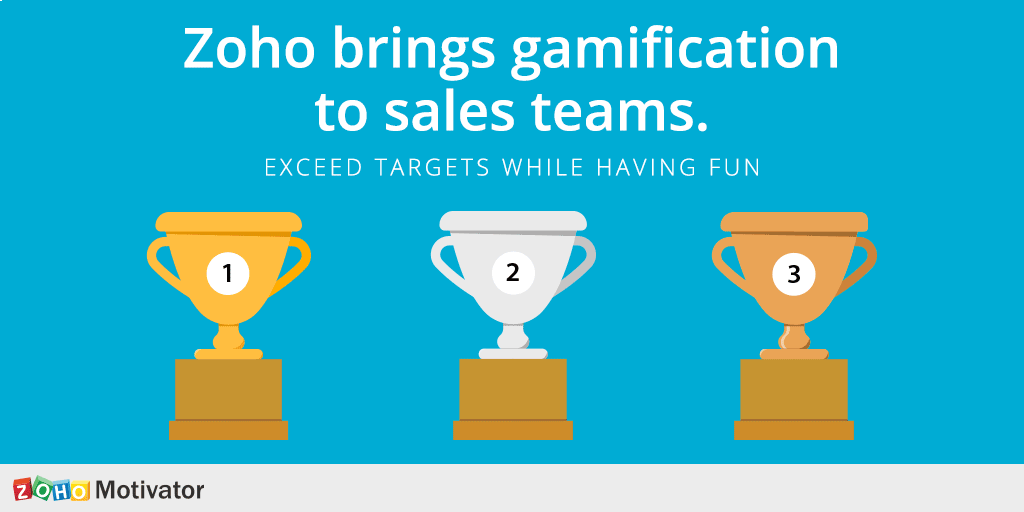CRM is an acronym for Customer Relationship Management. CRM was originally a term to describe the process and tools to improve customer satisfaction, retain existing customers, grow existing customers and find new customers.
Today CRM is an entire business strategy. CRM is your sales process, customer service and customer acquisition process.
All business no matter how large or small can benefit from a CRM system. It acts as a central repository for your customers and provides a complete overview of an account.
A traditional CRM consists of a number of logical Modules. These Modules work together so that a business can create and view the entire customer history. Modules are typically logical separations of data but with relationships – for example there is a clear difference between an Account and a Contact but a strong relationship (a Contact resides within an Account). These modules are typically:
Leads – A person or business that has expressed an interest in your business but is not qualified
Potential – A qualified Lead that has a probability to turn into a sale, within a specified time frame and with a value attached
Accounts – Businesses that you have had interaction with
Contacts – Typically associated with an Account, people who you do business with
Management – Reporting so that useful and meaningfully business data can be extracted and Dashboards to provide a quick overview of your business
In addition a CRM may include:
E-Mail – Capture all customer e-mails in one central place
Activities – Record when a call took place, When you have a meeting, Assign a task
Quotes / Invoices – Create Quotes and Invoices within the CRM to complete the historic overview
Marketing – Send e-mail marketing, create Social Campaigns and track their success / Return on Investment in one central location
Automation – Automate those repetitive tasks, improve productivity by automating the key business activities.







